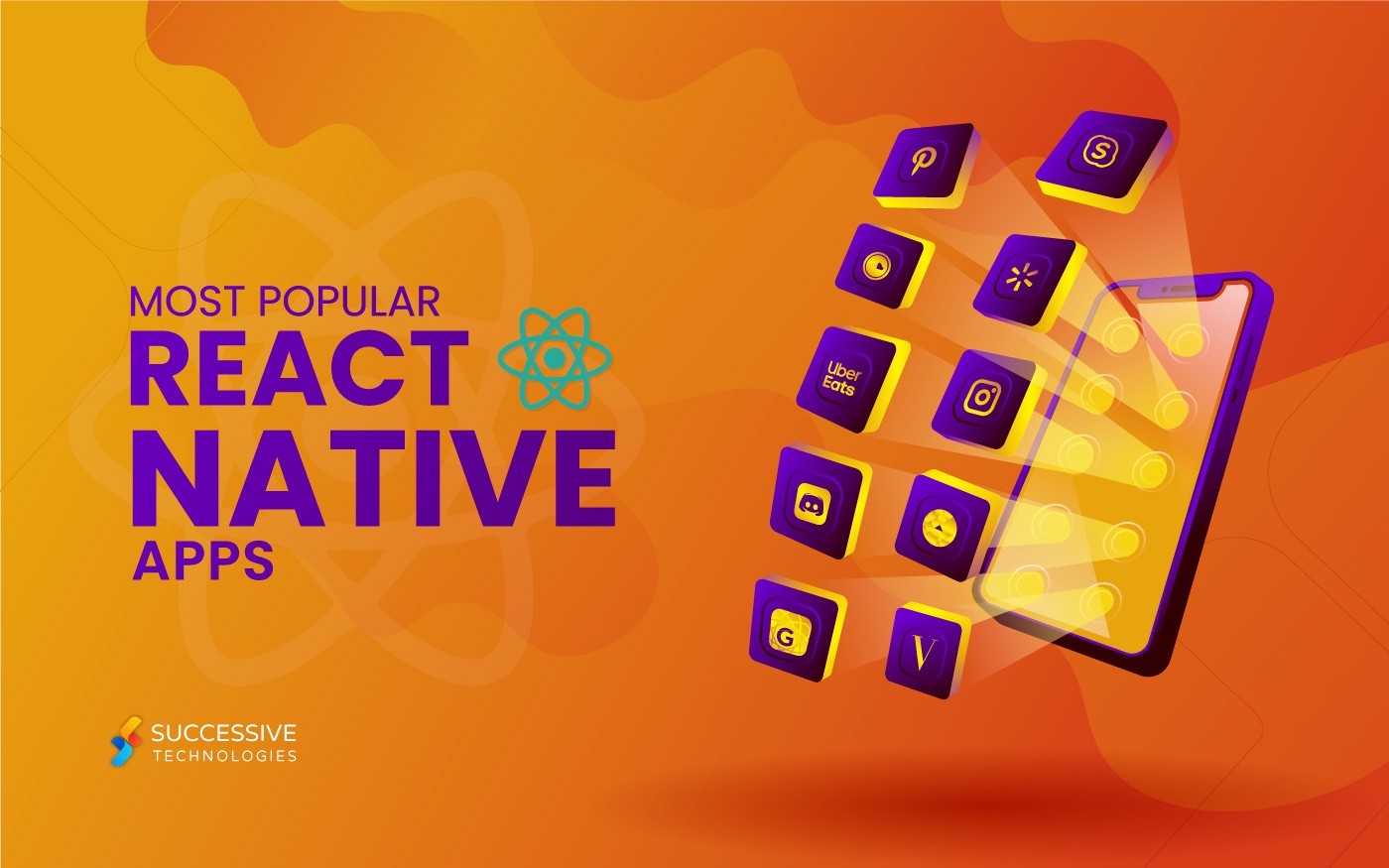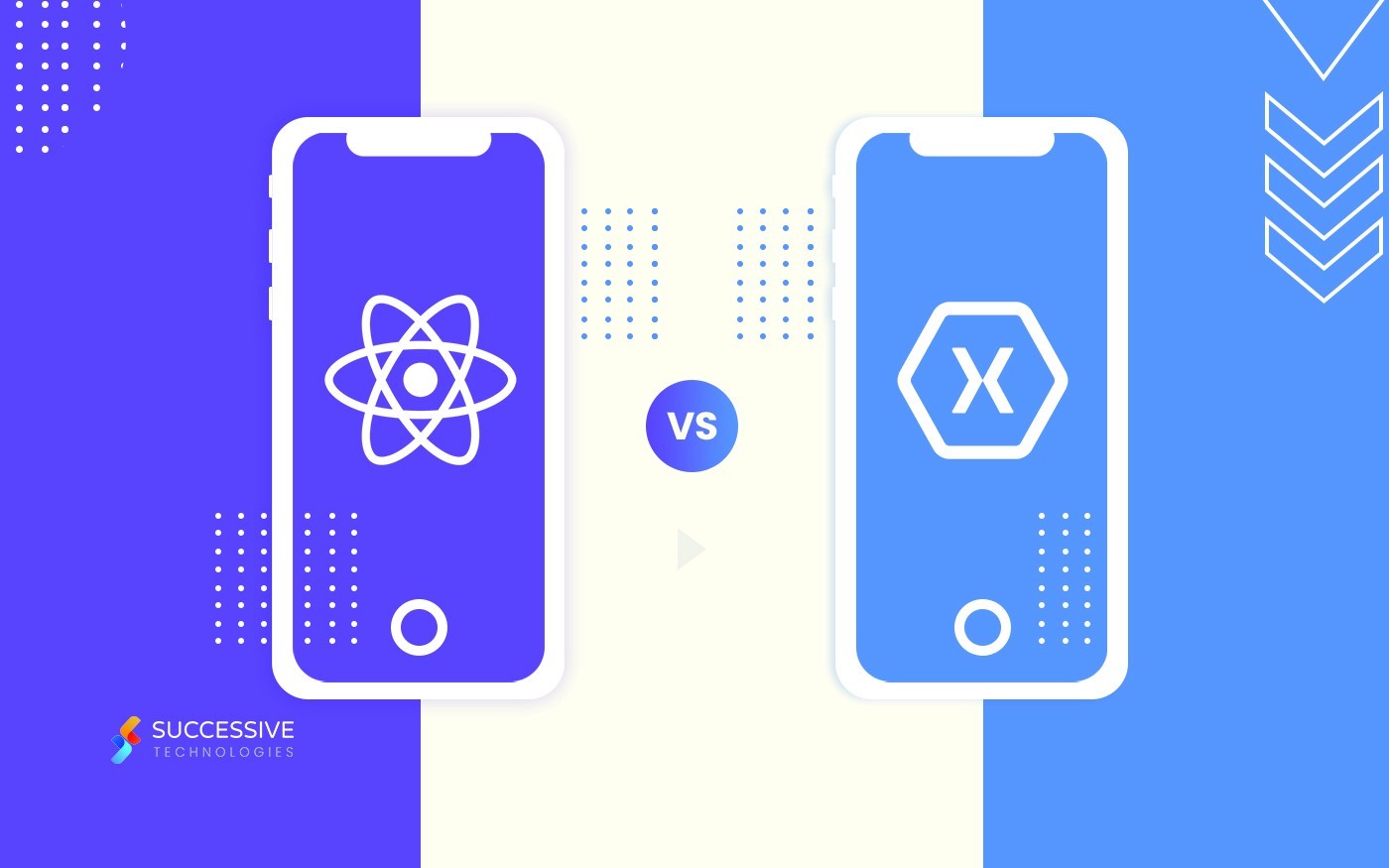Technologies are consistently evolving with innovative enhancements to them every day. Connecting your devices to the cloud can be a complex situation and requires a skilled cloud app development company to get the best results. Also, managing several internet-connected devices, security measures, and reliability simultaneously can be a tedious task.
To overcome this burden, a fully managed cloud service “AWS IoT Core” is introduced. The organizations can now connect their devices to the AWS cloud for improved security, interoperability, and clarity. Besides, the AWS IoT Core offers a centralized platform that promotes secure data storage, convenience across a variety of devices, and retrieval.
With AWS IoT Core, your application can be tracked and communicated with all the connected devices, 24*7, even when they are offline. It is easy to use AWS and Amazon Services with AWS IoT Core to create IoT apps that collect, process, examine and carry out the information generated by the connected devices without the need of managing any infrastructure. These apps can also be centrally managed over a mobile app.
How does AWS IoT Core Operate?
Connect and Manage Your Devices
AWS IoT Core allows seamless connectivity of multiple devices to the cloud and to other devices. It supports HTTP, WebSockets, and MQTT (Message Queuing Telemetry Transport), a communication protocol particularly created to support irregular and interrupted connections, lessen the code footprints on the devices and decrease the network bandwidth necessities. Besides, AWS IoT Core supports industry standards and custom protocols also devices using different protocols can intercommunicate.
Secured Device Connections and Information
Whenever a device gets connected to an AWS IoT Core, an end-to-end encryption is initiated throughout all the connection links so that the crucial data is never transferred between devices and AWS IoT core without having a proven identity. You can always authenticate access to your devices and apps by using granular permissions and policies. All thanks to the automated configuration and authentication policies provided by the AWS IoT core.
Process and Act upon Device Data
You can refine, modify, and act upon the device data depending upon the business rules you have defined. Also, you can update the set business rules anytime to implement new device and app features.
Read and Set Device State Anytime
The latest state of a connected device is stored within the AWS IoT core so that it can be set or read anywhere, anytime, even when the device is disconnected.
Key Features of AWS IoT Core
Below are the unique and robust AWS IoT Core features that provide a seamless experience to organizations while connecting to several IoT devices to the cloud:
Alexa Voice Service (AVS) Support
You can easily utilize the AVS for a regular management of your devices having Alexa built-in abilities i.e. microphone and speaker. With the AVS integration, it is quite easy to scale a huge amount of supported devices and their management can be done through voice controls. It reduces the cost of building Alexa Built-in devices by up to 50%. Besides, AVS integration promotes seamless media handling for the connected devices in a virtual cloud environment.
Device Shadow
You can create a determined, virtual version or Device Shadow of every device connected to an AWS IoT core. It is a virtual representation of every device by which you can virtually analyze a device’s real-time state w.r.t applications and other devices interacting with it. It also lets you recover the last reported state of each device connected to the AWS cloud. Besides, the Device Shadow provides REST APIs that make it more convenient to create interactive applications.
Rules Engine
The Rules Engine empowers you to create a scalable and robust application that exchanges, processes the data generated by the connected devices. It prevents you from managing the complex and daunting software infrastructures. Moreover, it evaluates and modifies the messages published under the AWS IoT Core and delivers them to another device or cloud service.
Authentication and Authorization
AWS IoT Core provides industry level security for the connected devices as it allows mutual authentication and peer-to-peer encryption at every connection point. This means that the data is only transferred between the devices that have a valid and proven identity on AWS IoT Core. There are majorly three types of authentication mechanism:
- X.509 Certificate-Based Authentication
- Token-Based Authentication
- SigV4
Devices connected using HTTP can use either of the above-mentioned authentication mechanisms whereas devices connected through MQTT can use certificate-based authentication.
AWS IoT and Mobile SDKs
The AWS IoT Device SDK allows you to connect your hardware device or your application to AWS IoT Core instantly and efficiently. It enables your devices to connect, validate, and exchange messages with AWS IoT Core incorporating the web protocols like MQTT, HTTP, or WebSockets. Moreover, developers can either use an open-source AWS SDK or can create their SDK to support their IoT devices.
The Bottom Line
AWS IoT Core empowers people and businesses to connect their devices to the cloud. It provides great assistance for web protocols like WebSockets, MQTT, and HTTP to facilitate seamless connectivity with the least bandwidth disruptions. Also, AWS IoT Core promotes smooth and effective communication between the connected devices.












